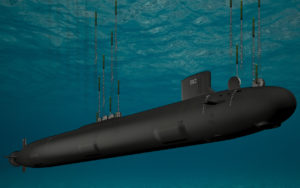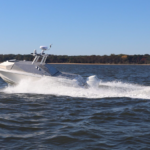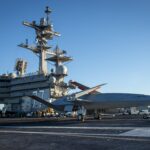
General Dynamics Electric Boat [GD] on May 23 won a $1.1 billion contract modification to procure long-lead time material for two Virginia-class attack submarines after a delay due to an insurance disagreement with the government. This undefinitized contract action will pay for the material for the future Block V submarines SSN-812 and SSN-813, while the administration seeks full procurement funding for them in the FY ‘2024 budget request. The work will occur in various locations throughout the U.S. and is…

 By
By 











